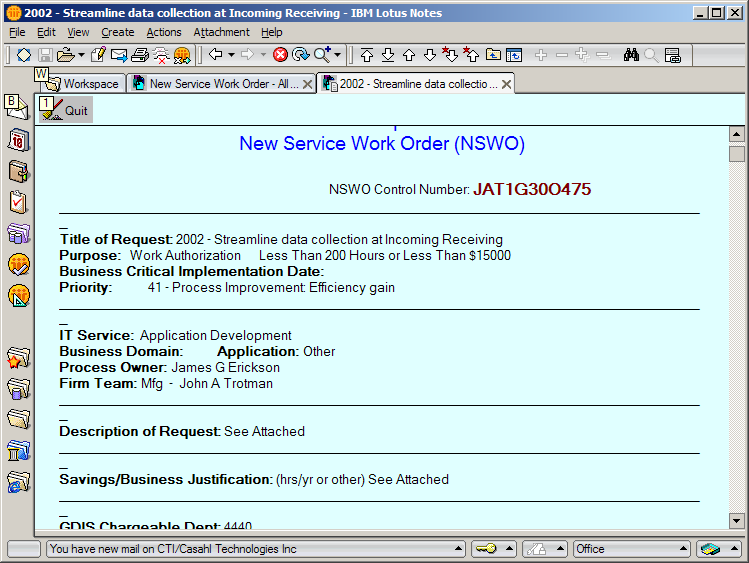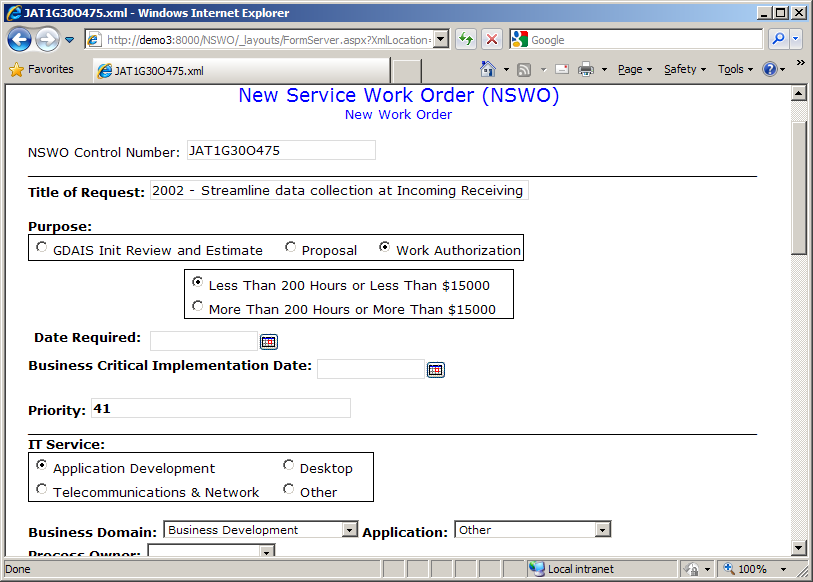Many enterprises have a mix of collaborative applications and content spread across a variety of platforms and cloud services, with individual applications ranging from simple to extremely complex. Where CASAHL’s Fixed-Fee Migration (FFM) is a quick and cost-effective option for migrating relatively basic applications automatically, Application Recomposition focuses on more complex applications. It draws on the powerful capabilities of ecKnowledge to take intricate, usually custom applications from legacy systems and reconstruct them as applications fully optimized for the target modern content system.
Application Recomposition offers several unique advantages:
-
It builds on the wide variety of popular source and target system types compatible with our DART product suite – thanks to DART’s multi-source/multi-target infrastructure, applications can be recomposed from or to the full range of systems, up to and including Office 365.
-
Our specialized tool set draws on data from the Pre-Migration Assessment and plans built during Rationalization to ensure that applications can be recomposed in new systems with all the content fidelity of the legacy version.
- Our specialized tool set also enables enterprises to identify and resolve external dependencies (instances where a site or app refers to an outside database or program for information) that would otherwise make it difficult or impossible to migrate legacy applications.
-
CASAHL provides professional tools and products, both directly and through partnerships, to address facets of complex applications that cannot be migrated automatically.
-
CASAHL also supports a variety of popular workflow-focused tool partners to ensure that apps connected to outside infrastructure can keep that connection.
Even complex form-based applications like the Notes/Domino application pictured below can be recomposed. This type of application has typically been incrementally enhanced over several years, and is rarely well-documented, creating considerable migration challenges.
This app, for example, includes:
-
Detailed forms for data capture and display
-
A mix of simple field types (text, numeric, etc.) and field types involving system-assigned values (e.g., control number and process owner name), look-up list values, and file attachment links
-
A multi-step workflow process, with the data input context shown in the example just the first of many steps, involving multiple role types
Similar form-driven workflow applications have been created in other technologies, including on-premises releases of Microsoft SharePoint. Application Recomposition simplifies and automates much of the process of transforming these legacy applications, such as this Notes/Domino example, to modernized and optimized solutions such as the SharePoint example shown below. All of the application semantics and content fidelity have been preserved, but recomposed in this SharePoint app rather than relying on the proprietary services in Notes/Domino:
Application Recomposition is an excellent way to address obstacles to migration while ensuring that your enterprise’s business users get to keep using apps they have built. Please feel free to contact us for additional information about engaging CASAHL for an Application Recomposition project.


